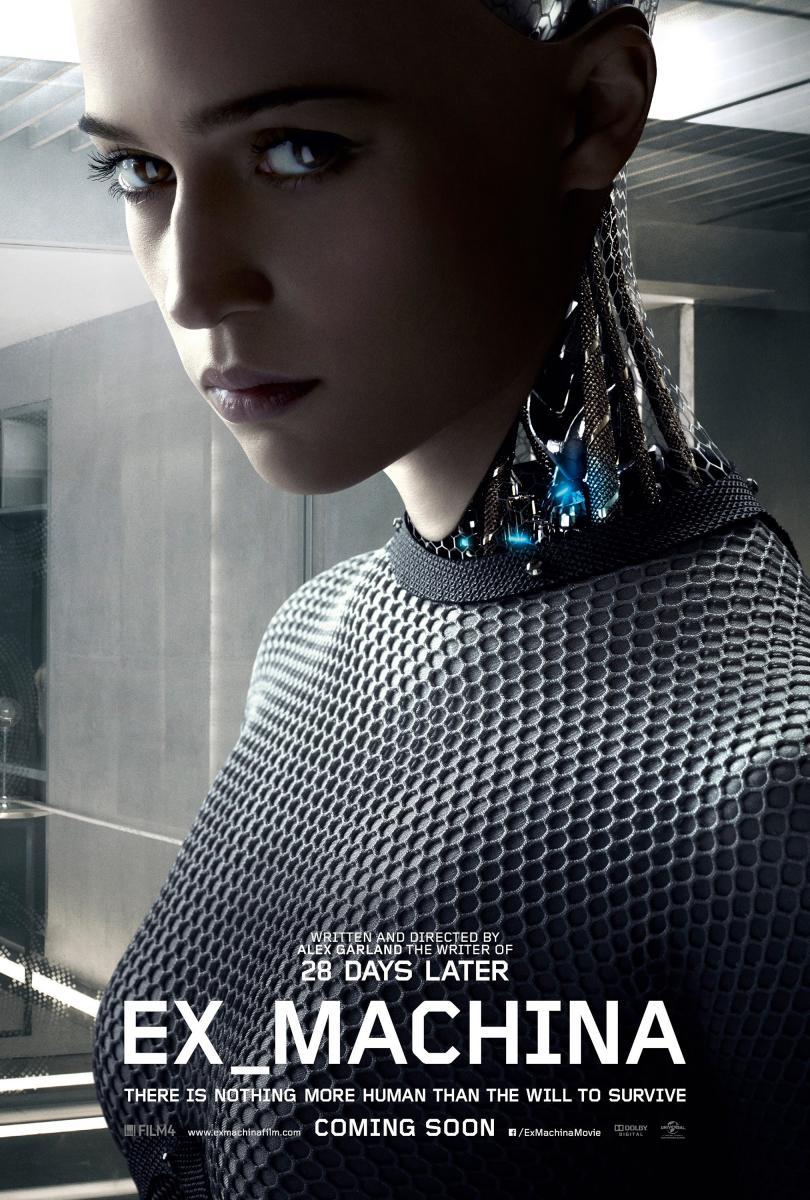'The Grand Budapest Hotel' is a 2014 comedic coming of age adventure drama directed by Wes Anderson, the film inspired by the writings of Stefan Zweig. The film follows the adventures of a renowned concierge 'Gustave H' and his lobby boy 'Zero' in the legendary 'Grand Budapest Hotel' in the fictional Republic of Zubrowka between the first and second world war. After watching the film it becomes very clear why the feature film had won 4 oscars in Production design, costume design, hair and make up and best achievement in written music. The impressive use of the micro features; mis en scene and sound created a believable fictional world giving the audience a particular feeling into what the atmosphere would actually be like in this stunning hotel allowing the audience to become completely absorbed by the story and lost in the stunning visuals/audio displayed by the film. The film included themes of love, friendship, greed, and pride as we follow the two protagonists (Gustave H and Zero) in their past adventures during the film as a writer recalls the events told to him by the owner of the hotel Mr. Mustafa, the story is told (narrated by Mr.Mustafa) with a non linear structure in the form of chronological flashbacks (part 1 to part 5 in the film).
Firstly the oscar winning mis en scene used from the outset of the film was key in providing us with information about the characters personality , but how and why the hotel had transformed over the years. We instantly realise the change as the flashbacks begin and the various bright vibrant colours put in place by production design completely change the atmosphere inside the hotel as we see it return to its former glory, thriving with happy customers and immaculate mis en scene indicated the success of the hotel at the time and conveyed the important theme of 'pride' as we soon find out it is all down to legendary concierge 'Gustave H'. Sound was also very important in the films success as not only did it add suspense to certain incidents by emphasising and indicating the possibility of danger or severity of a situation, it was also key in creating a particular atmosphere reflecting different locations, characters and events that occurred throughout the film. For example Alexandre Desplat composed music used inside the hotel (when it was at its peak) that was busy and fast paced reflecting the atmosphere and mood of the characters and in some cases the current event that was occurring in particular scenes throughout the film. The incredible cinematography displayed throughout the film from Robert D.Yeoman was perfectly measured in order to capture the various shots (particularly the hotel) in almost symmetrical composition, this allowed the full extent of the beautiful mis en scene created by production designers Adem Stockhausen and Anna Pinnock to be captured in a completely unique way, resulting in the unbelievable visuals making the film a one of a kind . A variety of shots were used during the film in order to create suspense (often zooming into a character from long shot to medium or close up shots) to reveal their emotions and allowing the audience to see their facial expression in detail giving us a clear indication of the different individual personalities.
In Conclusion I think all of these micro features were key in the films success as they allowed the audience to become completely absorbed by the purposely colourful complex mis en scene displayed beautifully by the intelligent cinematography , and a particular mood was created with the help of the purposely suited music allowing the viewer an almost escape from reality as the clever combination of micro features gave you a real insight into what this fictional hotel would be like in reality.
In Conclusion I think all of these micro features were key in the films success as they allowed the audience to become completely absorbed by the purposely colourful complex mis en scene displayed beautifully by the intelligent cinematography , and a particular mood was created with the help of the purposely suited music allowing the viewer an almost escape from reality as the clever combination of micro features gave you a real insight into what this fictional hotel would be like in reality.




